Najin and Fatu: The Last of the Northern White Rhinos
Najin and Fatu are the last two northern white rhinos in the world. They live in the Ol Pejeta Conservancy in Kenya, where they are protected round-the-clock by armed guards against poachers.
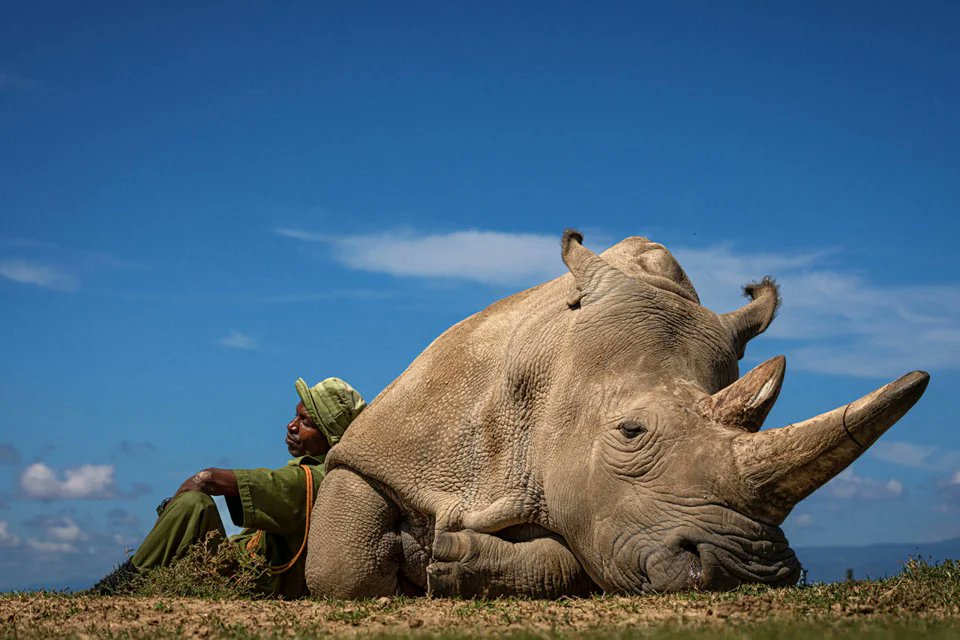
Both Najin and Fatu are female, which means that the subspecies is functionally extinct. This means that it is no longer possible for northern white rhinos to reproduce naturally.
Najin was born in captivity in the Dvůr Králové Zoo in the Czech Republic in 1981. She was transferred to Ol Pejeta in 2009. Fatu was born in the wild in Sudan in 1983. She was transferred to Ol Pejeta in 2009.
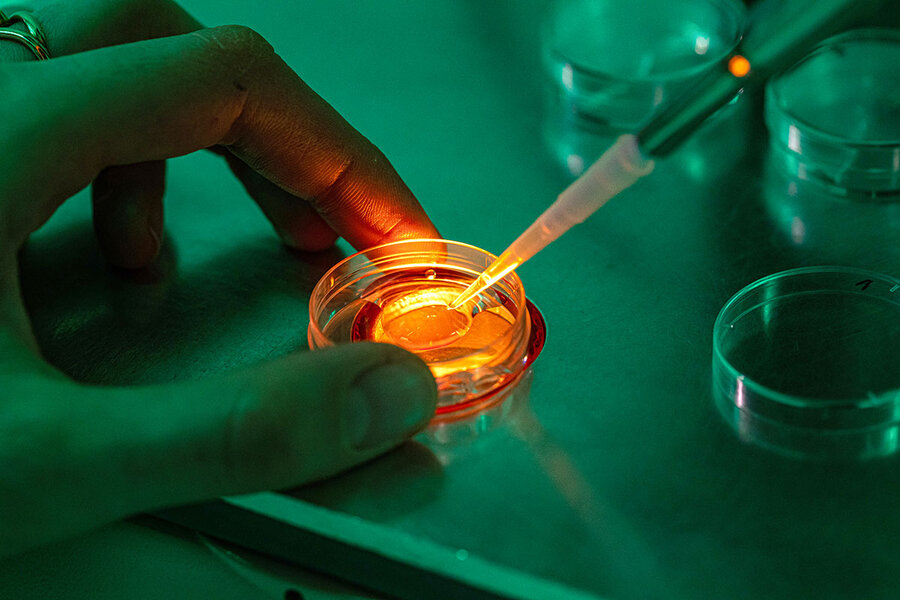
Northern white rhinos are the largest land mammals in Africa. They are distinguished by their two horns, which are made of keratin, the same material that makes up human hair and nails. Northern white rhinos are herbivores, and their diet consists mainly of grasses and leaves.
Northern white rhinos are critically endangered, and their population has declined rapidly in recent years. This is due to a number of factors, including poaching, habitat loss, and disease.
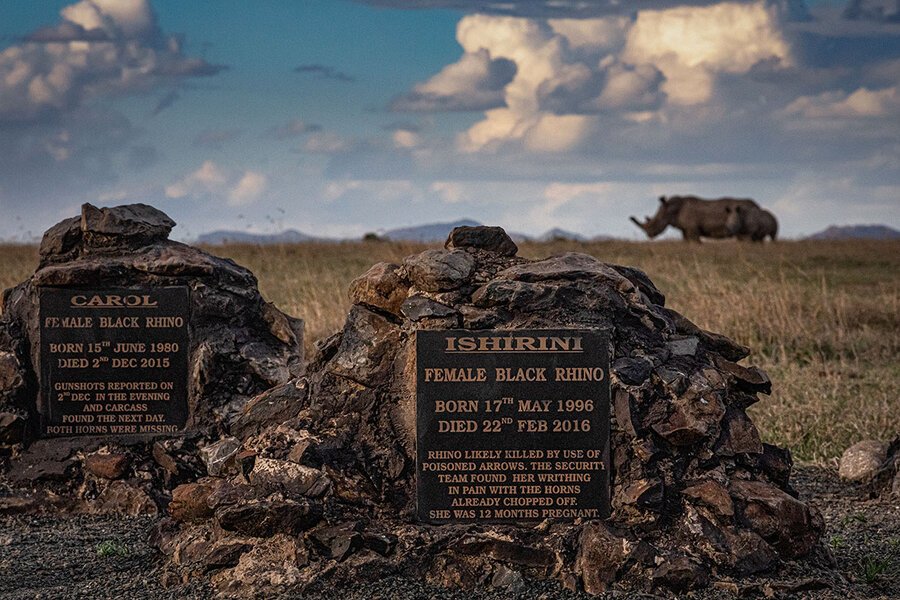
In 2011, the last male northern white rhino, Sudan, died. Sudan was 45 years old, and he was the last hope for the survival of the subspecies.
Najin and Fatu are both healthy, but they are too old to reproduce naturally. Scientists are working on a number of different techniques to try to save the northern white rhino, including in vitro fertilization and embryo transfer. However, it is not yet clear whether these techniques will be successful.
The extinction of the northern white rhino would be a major loss for biodiversity. Northern white rhinos are important members of the African ecosystem, and they play a role in maintaining the balance of nature.
More details from more sources:
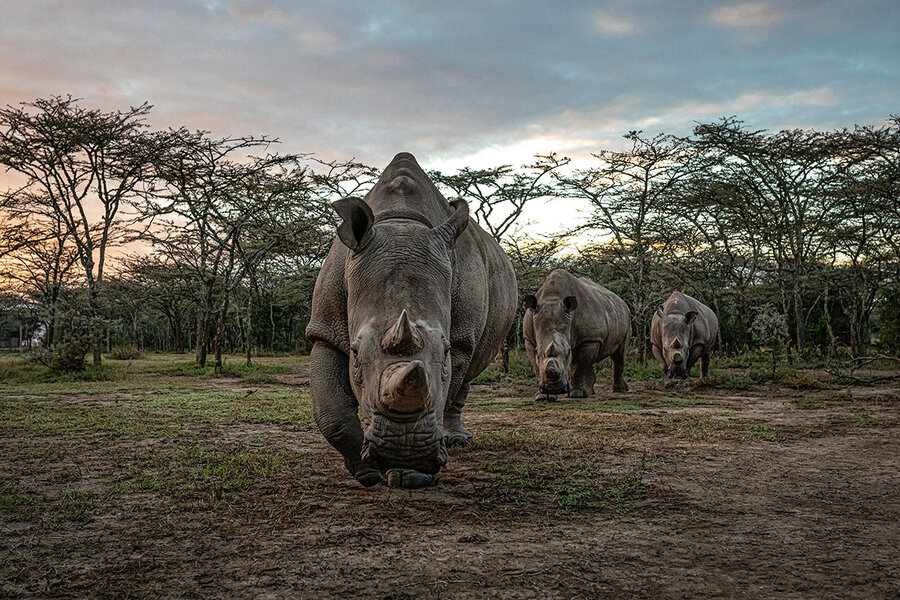
- According to the World Wildlife Fund (WWF), the northern white rhino population has declined by over 97% in the last 30 years.
- The main threat to northern white rhinos is poaching. Rhino horns are highly prized in traditional Chinese medicine and can sell for thousands of dollars on the black market.
- Other threats to northern white rhinos include habitat loss and disease. Northern white rhinos live in grasslands and savannas, which are habitats that are increasingly being converted to agriculture and development. Northern white rhinos are also susceptible to a number of diseases, including tuberculosis and anthrax.
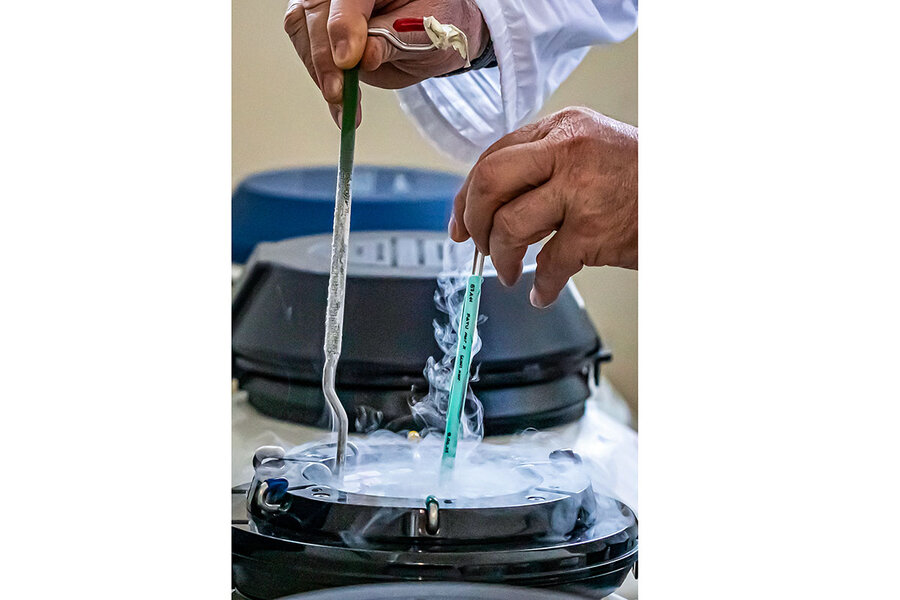
What can be done to save the northern white rhino?
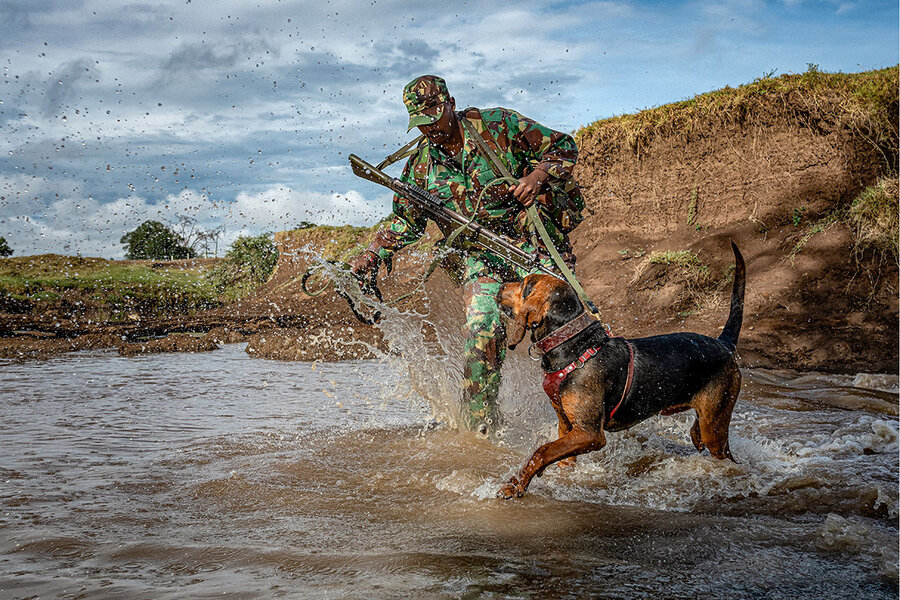
There are a number of things that can be done to save the northern white rhino, including:
- Reducing poaching: This can be done by increasing law enforcement and by educating communities about the importance of rhino conservation.
- Protecting habitat: This can be done by establishing protected areas and by working with communities to manage habitat sustainably.
- Developing captive breeding programs: This can help to increase the population of northern white rhinos and to preserve their genetic diversity.
- Developing assisted reproductive technologies (ARTs): This includes in vitro fertilization and embryo transfer. ARTS could potentially be used to produce northern white rhino offspring from the sperm and eggs of the remaining two females.
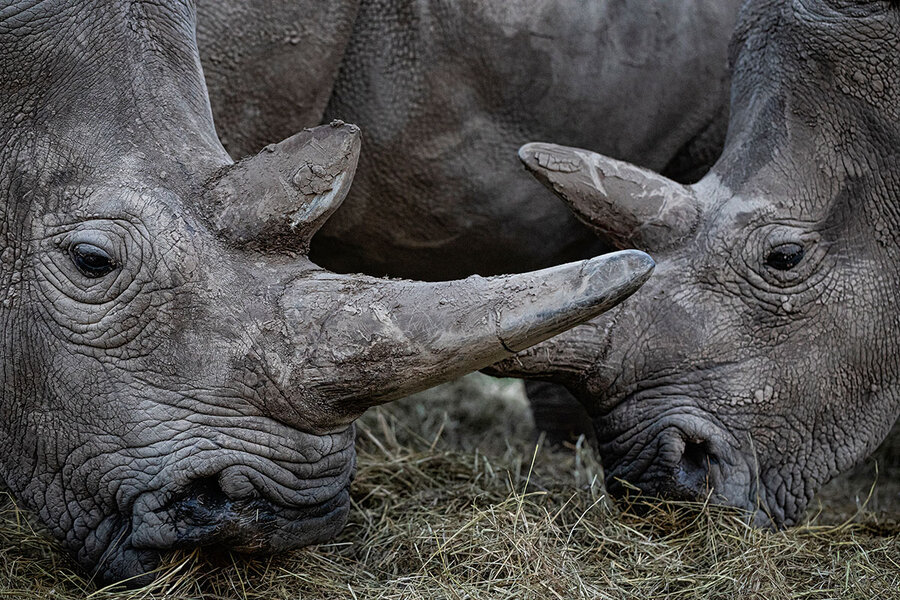
The extinction of the northern white rhino would be a tragedy. However, there is still hope that we can save this iconic species. By working together, we can make a difference.
